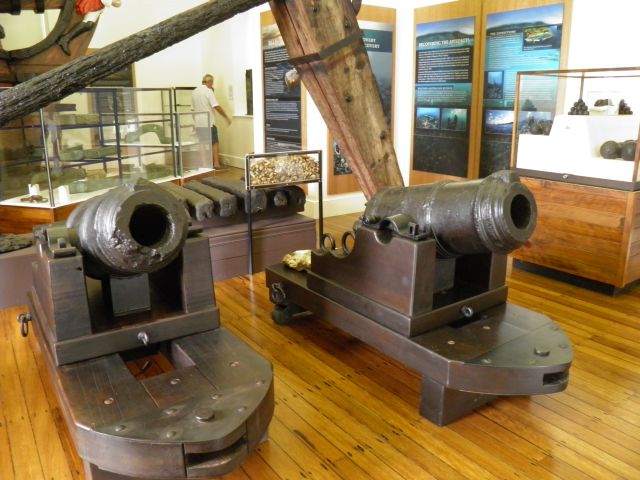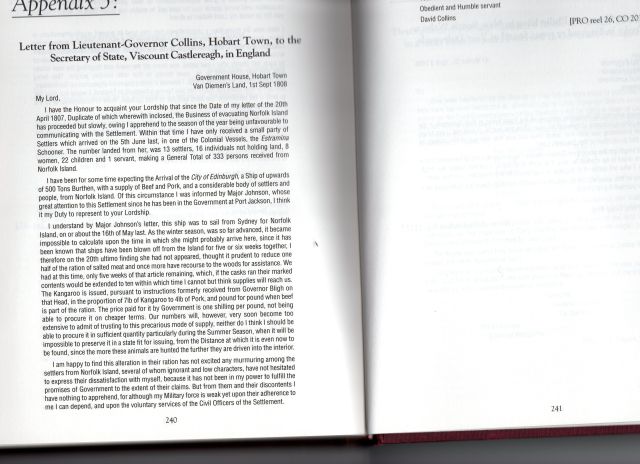
�
The Lady Nelson (replica)
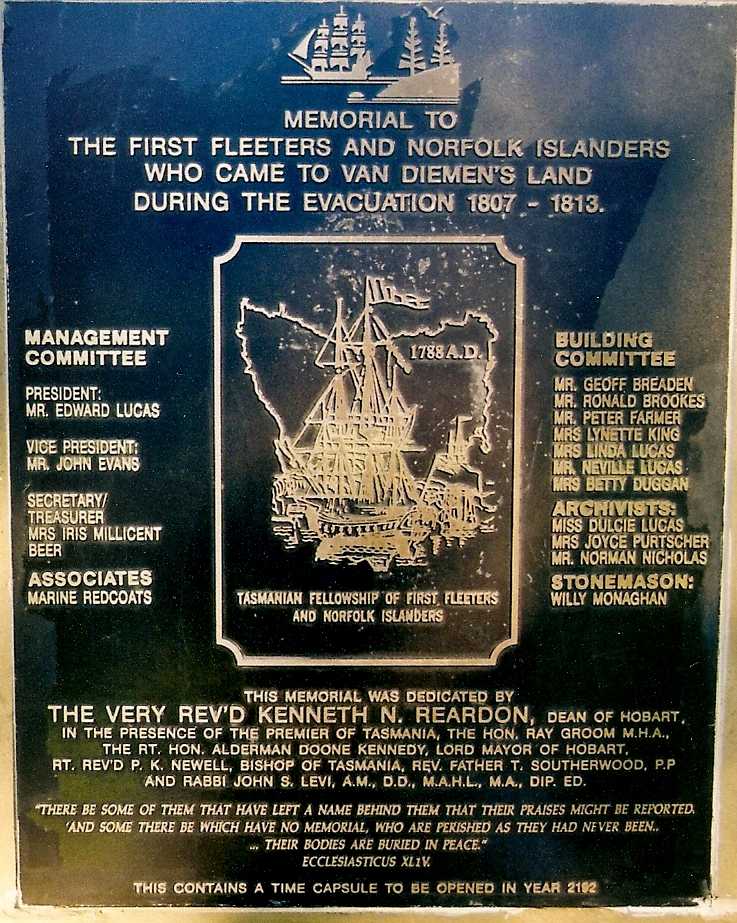
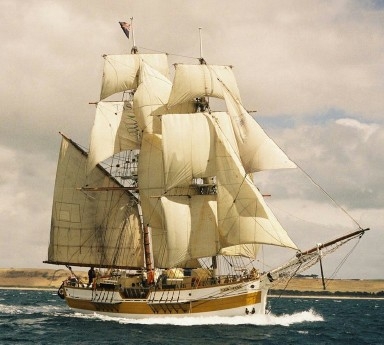
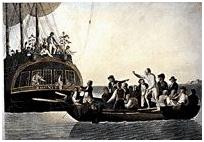
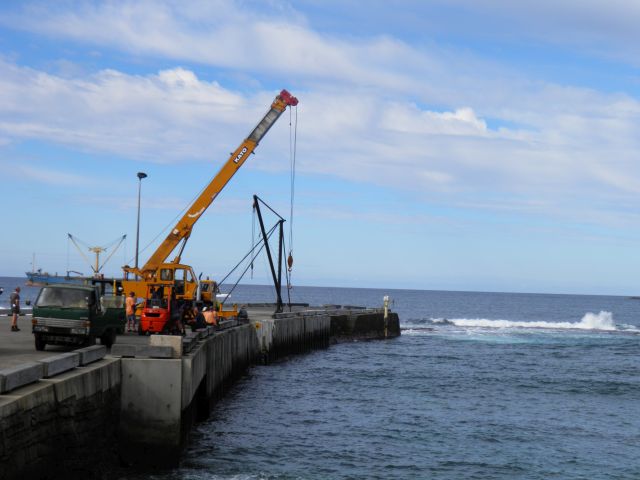
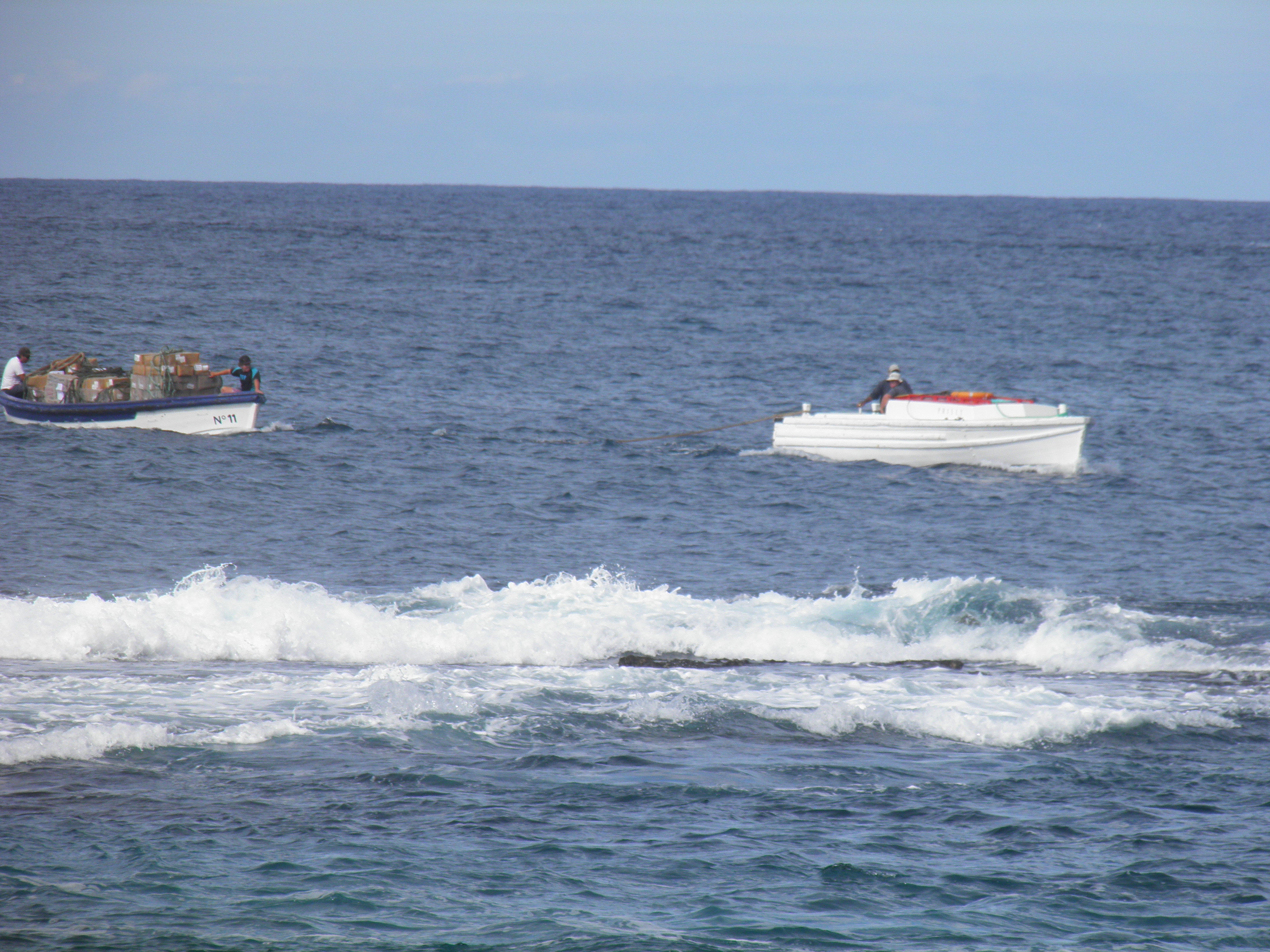
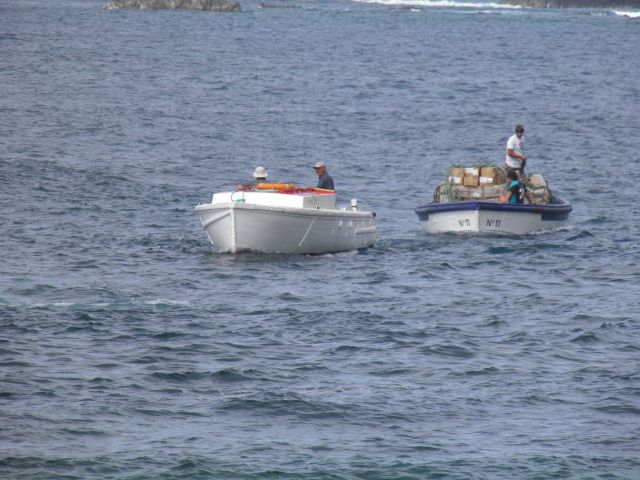
RELUCTANTLY LEAVING NORFOLK ISLAND 1808
I wonder how Elizabeth would have felt, getting rid of all her crops, and her had work, and then gathering her family and her livestock to make ready to go to yet another land.
One of the most difficult problems that Governor Collins had to face was the flood of settlers from Norfolk Island who were forced upon him at the worst possible time.
This was made worse still by the apparent ignorance in London of the supply of building material and stock that the Governor could put his hand on at a moment’s notice, when in fact there had been a famine in Tasmania in 1806 and a great shortage prevailed of screws, axes, nails and other implements required for building houses.
The settlers and inhabitants from Norfolk Island were divided into three classes:
The first class consist of discharged marines and old servants of the Government who will be allowed food and clothing free of charge for two years, also four workmen rationed and clothed. These are to have priority in everything.
The second class will be those who have been convicts but have earned complete freedom; they will be clothed and victualled and given two men to work for them for two years.
The third class covers all those islanders owning land or building but with no claims on the Government. They will be clothed and fed from Governments stores for 12 months, with two men to help clear their grants of land in Van Diemen’s Land for the same period.
All classes are to be supplied with farm implements and other tools for use in cultivating the soils on their land.
Poor old Governor Collins had no idea how he could fulfil these conditions when he received the orders from Sydney. Most of his men were old or feeble and some of them even the soldiers had been forced through lack of supplies to make their own clothing from the skins of kangaroos and possums.
In 1803 orders were given for the first group of Norfolk Islanders to be removed. All moveable property belonging to these people, including their livestock, was to be taken at the cost of the Government, to any place they chose.
For every acre of cultivation they had left behind at Norfolk Island, four acres of land were to be granted them by Gov Collins, and two acres for any unimproved land they may possess. They were also to receive free rations for them and their men. Only enough people were to be left on Norfolk Island to grow maize and fatten the pigs.
Initially many of the islanders were happy to the terms, but as their crops were on the point of ripening they asked to leave after they had harvested the crops. But then after having time to think the matter over, some of them objected strongly to being forced away from their tropical paradise, to the harsher conditions of Van Diemen’s Land.
The first Norfolk Islander to arrive at Hobart was George Guest, who came on the “Sydney” with Joseph Holt. George brought with him his wife and six children and a flock of sheep. Gov Bligh, when hearing of the arrival told Collins to by any of the sheep that he could for £2/2/- per head. However many died during the voyage.
Two years later a stream of ships started bringing the Norfolkers in earnest. The “Lady Nelson”, “Estromnia”, “City of Edinburgh”, “Porpoise”, and “Buffalo” all brought their quota and Gov Collins was in despair.
It was easily seen that the Government would never be able to fulfil the promises that it initially gave as an enticement to come to Van Diemen’s Land.
Some of the islanders were billeted with the residents of Hobart Town, and some offered to waive all claims against the Government if Gov Collins would give them livestock equal in value to the homes they had left behind on Norfolk Island.
They were offered sheep and Bengal cows, instead of the houses, outhouses and barns they had been promised. They required clothing and bedding, but there was none to be given. Instead of 386 people expected, there were nearly 800, being the whole of the establishment from Norfolk not including the military.
Some of the characters had been described by Capt Piper, Commandant of Norfolk Island, as being “desperate characters”. (Robert Jillett was one such person)
Collins also had to contend with the antics of Governor Bligh. Bligh was certainly a shifty character,
and it was not uncommon for him to just take whatever he wanted from the new settlers.
He took command of the “Porpoise” and moored it midstream. He loaded its guns, and ordered all
passing craft to come close enough for inspection. Later the vessel was moved downstream
towards Sandy Bay where the Norfolkers and others smuggled fresh meat and vegetables on
board against orders.
Eighteen of the Norfolk Islanders expressed their support for Bligh, and there was a seething
unrest in the community.
At one stage Bligh ordered the ship’s guns to open fire on passing craft, but the balls were
fired high and while damage was done no lives were lost.
Collins prohibited all communication between the ship and the shore, and finally Bligh moved
the boat down channel to a commanding position at the mouth of the Derwent near Bruny Island.
Here he behaved like any other pirate, robbing passing ships at gun point and taking supplies
intended for the settlement at Hobart Town. Many of the settlers risking Collins’ wrath drove
their sheep and cattle to a point where they could be slaughtered for supplies to the Porpoise.
Elizabeth was a remarkable woman. The trip on the Lady Nelson, with her 6 children and the farm animals must have seemed like a bit of a breeze from her first voyage to Australia aboard the "Hillsborough".
Just consider for a moment how difficult it must have been just to board the ship. There was no jetty, no wharf, nothing except the row boats. Many ships had perished just a few metres from the coastline. The most famous among them the ss "Sirius", in 1790, before Elizabeth's time on the island, but which she would have been familiar. The Sirius went down in 1790, with the island losing all its supplies.
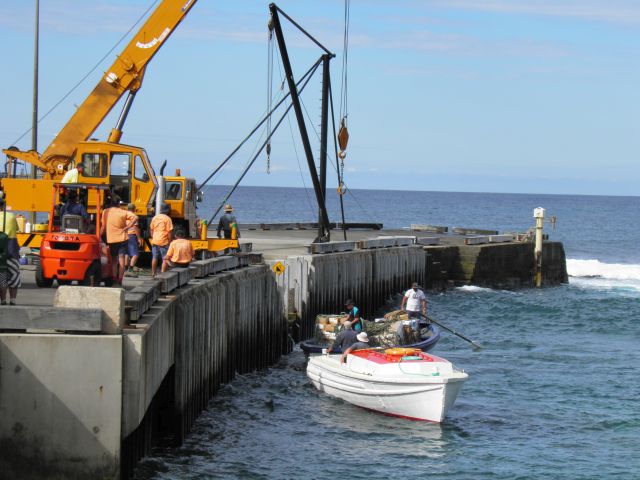
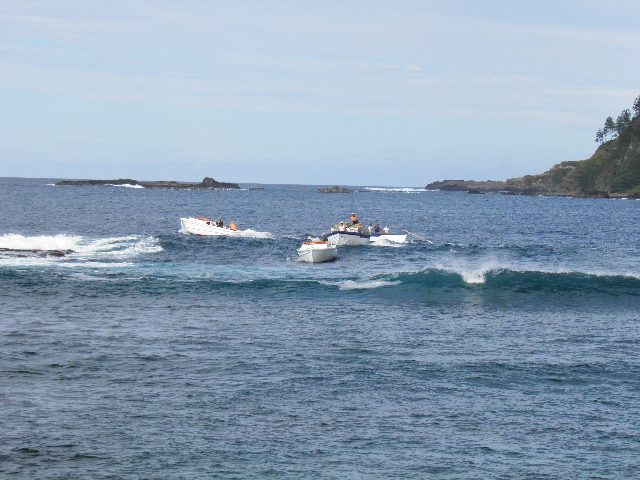
Ships on Norfolk Island are still loaded and unloaded as they did in 1808. There is a small break in the reef which allows access to the jetty. There were no cranes to load the Lady Nelson, everyone including the animals would have been rowed to the ship. Today's boats are called lighters.
There have been many shipwrecks at Norfolk Island, the most famous being that of the Sirius. The First Fleeters museum at Kingston is well worth visiting.
The Norfolk Islanders did not wish to leave their island and start life again in Hobart!
The Norfolk Island Evacuation List of 1808/1808 shows:
Elizabeth Bradshaw Norfolk Settler, 3rd Class, 5 children
15 1/2 acres cleared, 68 1/2 acres not cleared
House (Maten boarded) & Flaxed 17 x 11 Outhouse thatch & logs Value £8
3rd Embarkation for VDL Lady Nelson 14th February 1808
2 Male and 28 female sheep
17 Male, 2 female sheep, 1.2 grown Value £59
11 acres maize







